Daihatsu - Sirion - Miscellaneous Documents - 2016 - 2016
Get your hands on the complete Daihatsu factory workshop software
Download nowGet your hands on the Complete Daihatsu Factory Workshop Software
Download nowGet notified when we add a new DaihatsuSirion Manual
We cover 60 Daihatsu vehicles, were you looking for one of these?

Daihatsu Terios J2 series Wiring Diagram PDF

Daihatsu - Terios - Workshop Manual - 1997 - 1997

2000-2005 Daihatsu Terios Service Repair Manual PDF

Daihatsu - Terios - Workshop Manual - 2006 - 2006

Daihatsu - Hijet - Workshop Manual - 2010 - 2010

Daihatsu Materia Service Repair Manual PDF

Daihatsu Cuore L251 Werkstatthandbuch P

Daihatsu Charade Service Repair Manual Workshop PDF

Daihatsu - Terios - Parts Catalogue - 2011 - 2011

Daihatsu Gran Move G303, G301 Repair Manual PDF

Daihatsu - Hijet - Workshop Manual - 2014 - 2014

Daihatsu - Applause - Workshop Manual - 1989 - 1989

Daihatsu Type EJ Engine Service Manual PDF

DAIHATSU MATERIA BODY REAPIR MANUAL & P.D.I MANUAL

Daihatsu - Terios - Workshop Manual - 1997 - 2005 (German)

Daihatsu - Move - Workshop Manual - 2009 - 2009

Daihatsu - Charade - Parts Catalogue - 1989 - 2000

Daihatsu - Hijet - Miscellaneous Documents - 2018 - 2018

Daihatsu - Trevis - Workshop Manual - 2007 - 2007 (Dutch)

Daihatsu - Terios - Workshop Manual - 1999 - 1999

Daihatsu Materia 2006-2013 Service Repair Manual PDF

Daihatsu Move L601 Werkstatthandbuch PDF

Daihatsu - YRV - Parts Catalogue - 2001 - 2001

Daihatsu - Charade - Workshop Manual - 1987 - 1987

Daihatsu Feroza F300 HD Engine Workshop Manual PDF

Daihatsu Move L601 Werkstatthandbuch PDF_5d8a7f6876ae68a76435592

Daihatsu - Delta - Sales Brochure - 1979 - 1979

Daihatsu - Terios - Workshop Manual - 1997 - 1997 (2)

Daihatsu - Move - Parts Catalogue - 2006 - 2006

Daihatsu - Boon - Miscellaneous Documents - 2016 - 2016

Daihatsu - Terios - Sales Brochure - 2008 - 2008

Daihatsu - Xenia - Miscellaneous Documents - 2013 - 2013

Daihatsu - Tanto - Miscellaneous Documents - 2016 - 2016

Daihatsu - Avanza - Sales Brochure - 1960 - 2018 (2)

Daihatsu - Gran Move - Workshop Manual - 1997 - 1997

Daihatsu - Move - Miscellaneous Documents - 2016 - 2016

DAIHATSU FEROZA ROCKY F70 F75 F77 F80 F85 SERVICE MANUAL

Daihatsu - Copen - Sales Brochure - 2002 - 2012 (2)

Daihatsu Charade Workshop Manual (L4-1295cc 1.3L (1989))

Daihatsu - Trevis - Parts Catalogue - 2007 - 2007 (German)

Daihatsu - Terios - Sales Brochure - 2013 - 2013

Daihatsu - Atrai - Parts Catalogue - 1960 - 1960

Daihatsu - Atrai - Workshop Manual - 1960 - 1960 (Japanese)

Daihatsu - Move - Miscellaneous Documents - 2017 - 2017

Daihatsu - Gran Move - Miscellaneous Documents - 1996 - 2002

Daihatsu - Sonica - Workshop Manual - 2007 - 2007

Daihatsu - Tanto - Miscellaneous Documents - 2017 - 2017

Daihatsu - Boon - Miscellaneous Documents - 2017 - 2017

Daihatsu - Terios - Sales Brochure - 1998 - 1998

Daihatsu - Charmant - Parts Catalogue - 1989 - 1989

Daihatsu - Terios - Sales Brochure - 2016 - 2016

Daihatsu - Copen - Sales Brochure - 2016 - 2016 (2)

Daihatsu - Copen - Sales Brochure - 2002 - 2012

Daihatsu - Materia - Sales Brochure - 2000 - 2016

Materials Composition of U S Light-duty Vehicles

Daihatsu - Terios - Sales Brochure - 2019 - 2019

Daihatsu - Feroza - Parts Catalogue - 1977 - 1977

Daihatsu - Copen - Sales Brochure - 2016 - 2016

Daihatsu - Altis - Workshop Manual - 2000 - 2010

Daihatsu - Xenia - Sales Brochure - 2011 - 2011

Daihatsu Terios J2 series Wiring Diagram PDF

Daihatsu - Terios - Workshop Manual - 1997 - 1997

2000-2005 Daihatsu Terios Service Repair Manual PDF

Daihatsu - Terios - Workshop Manual - 2006 - 2006

Daihatsu - Hijet - Workshop Manual - 2010 - 2010

Daihatsu Materia Service Repair Manual PDF

Daihatsu Cuore L251 Werkstatthandbuch P

Daihatsu Charade Service Repair Manual Workshop PDF

Daihatsu - Terios - Parts Catalogue - 2011 - 2011








































































































































































































































